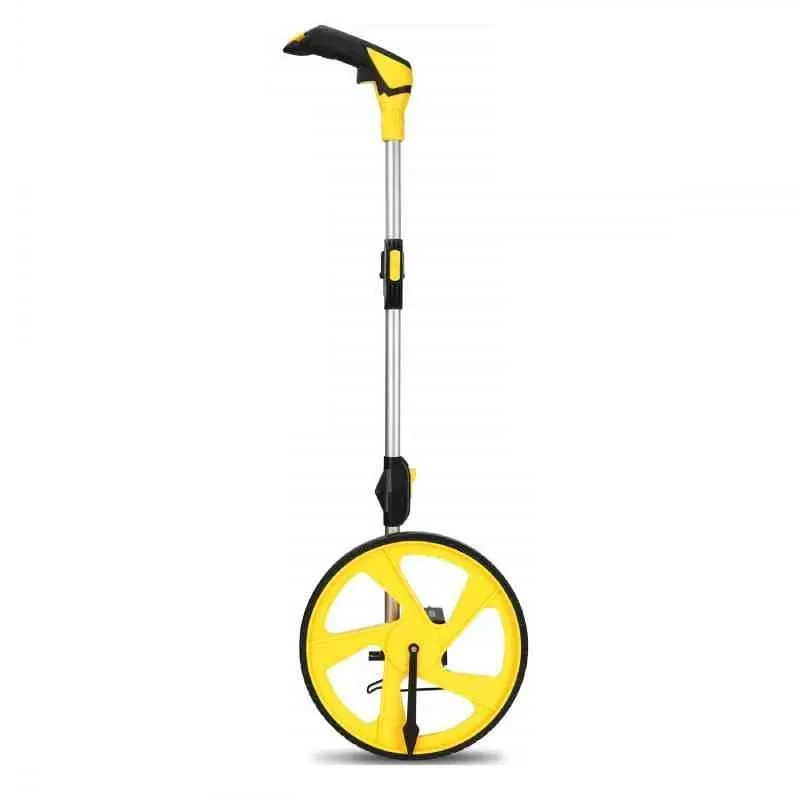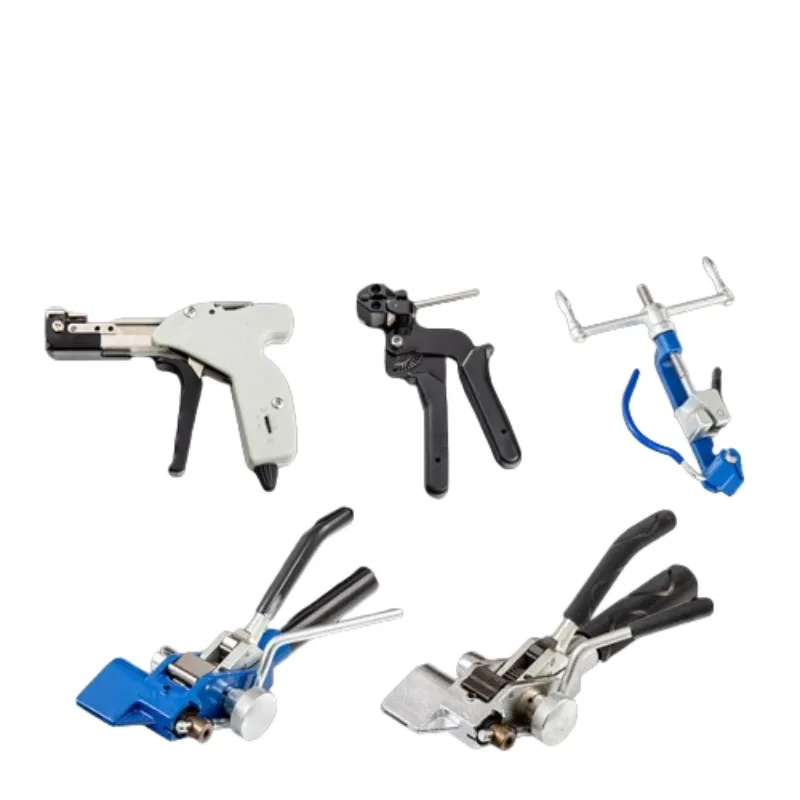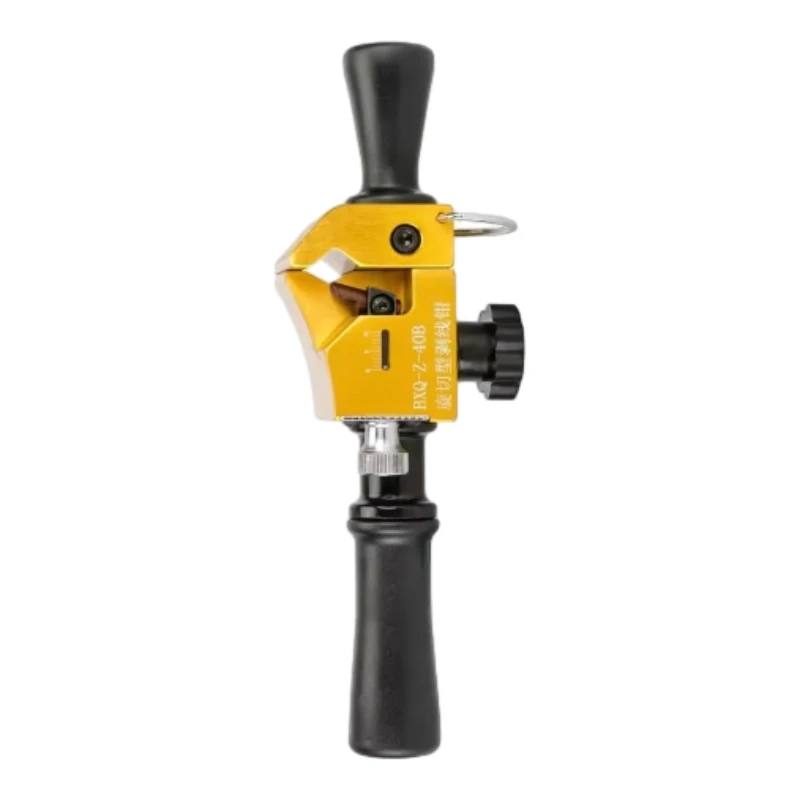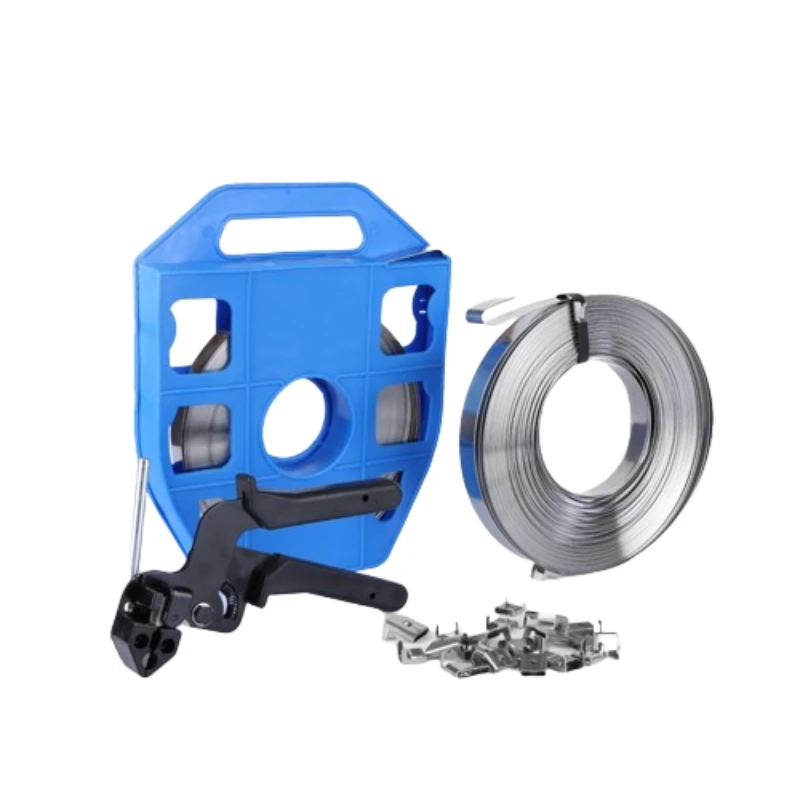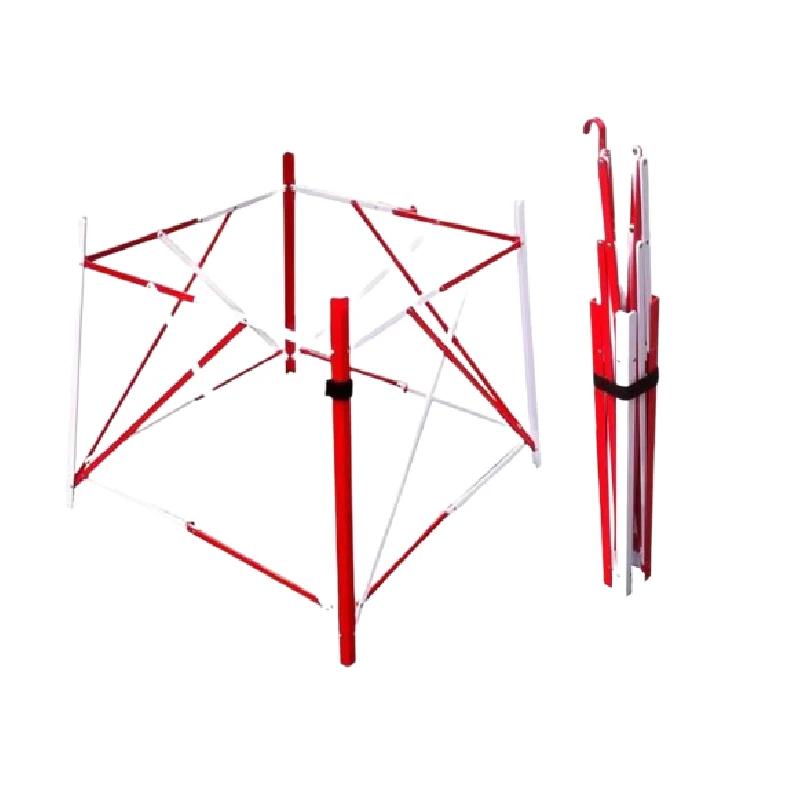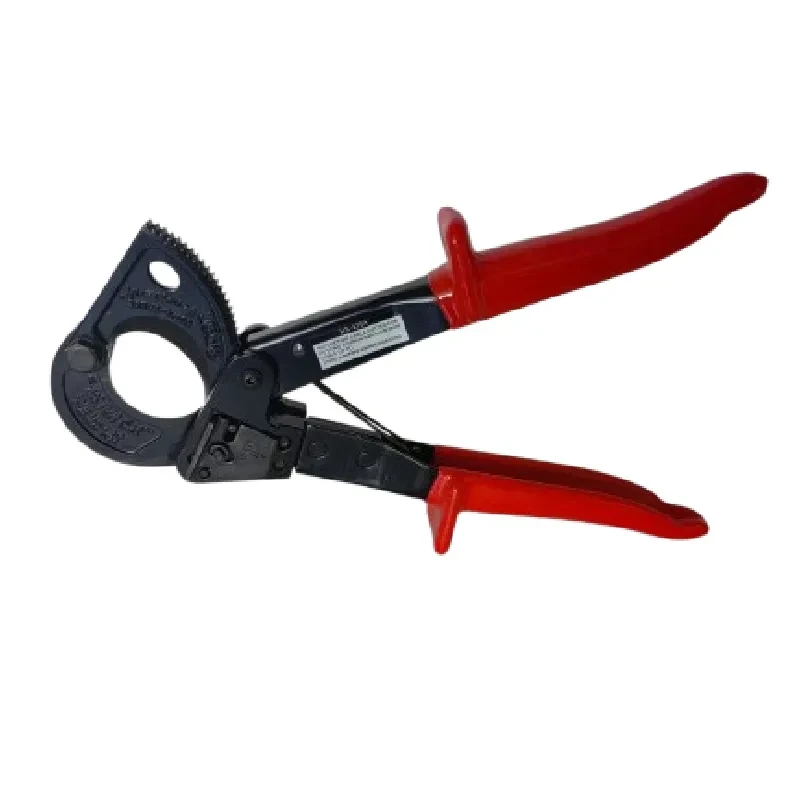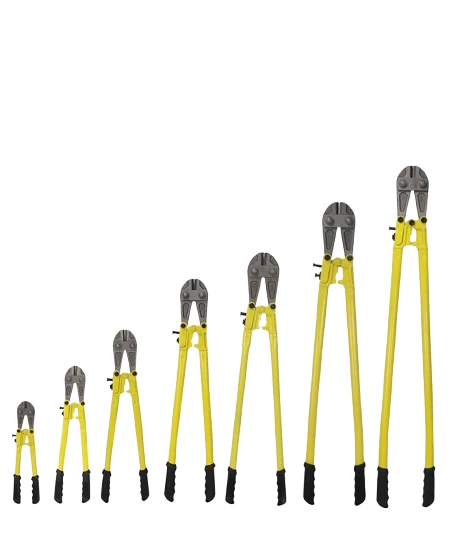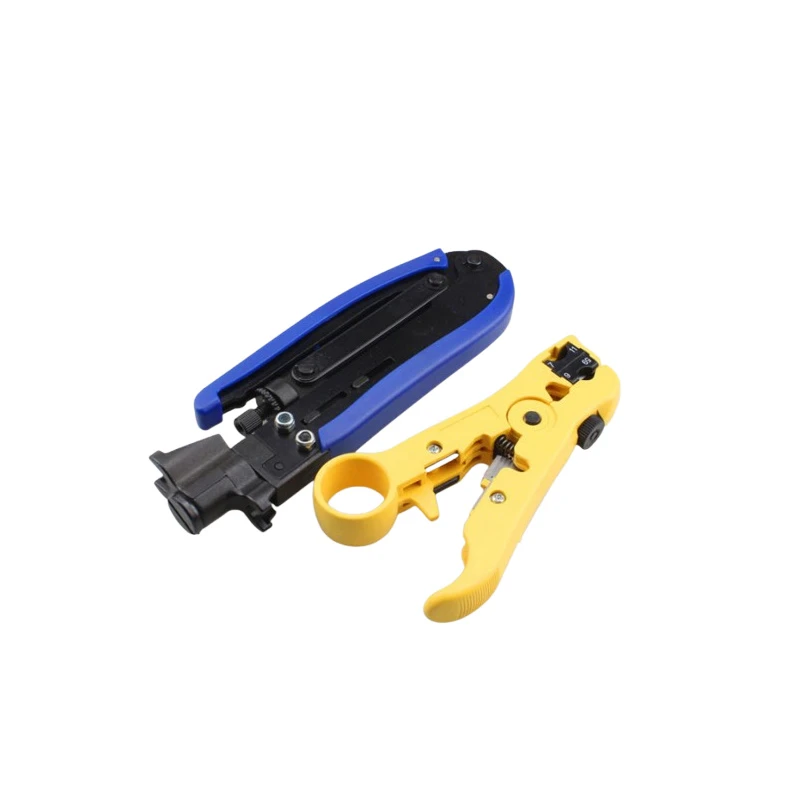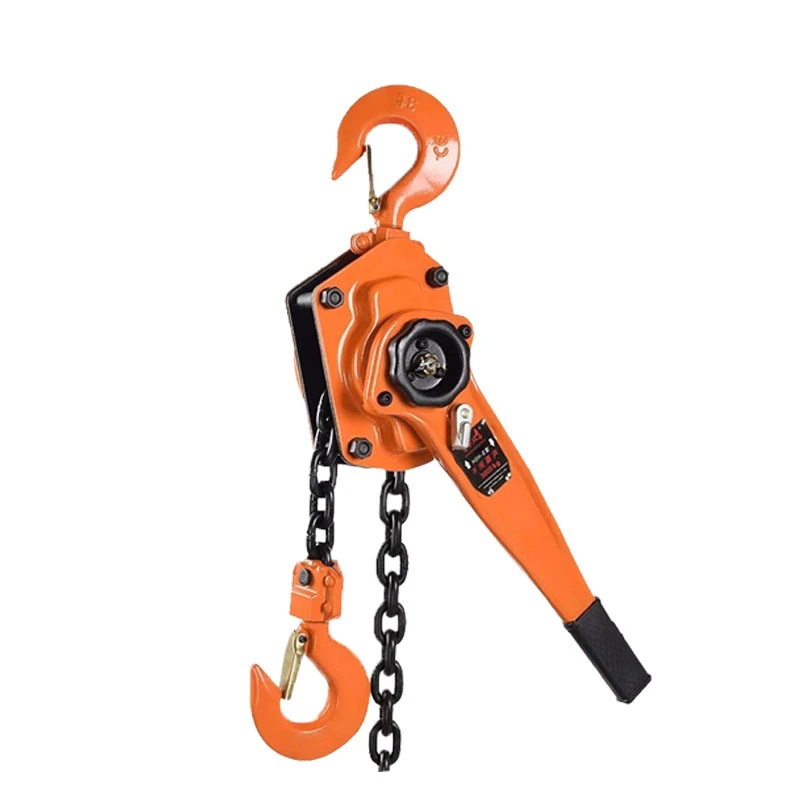Construction and Utility Tools and Equipment
Introducing the Ultimate Construction and Utility Tools and Equipment Line
In the ever-evolving world of construction and utility work, having the right tools and equipment can make all the difference between a job well done and a project that drags on indefinitely. We are proud to introduce our latest line of construction and utility tools and equipment, designed to meet the diverse needs of professionals and DIY enthusiasts alike. With a commitment to quality, durability, and innovation, our products are engineered to enhance productivity, safety, and efficiency on every job site.
Unmatched Quality and Durability
At the heart of our product line is a dedication to quality. Each tool and piece of equipment is crafted from high-grade materials that withstand the rigors of daily use. Whether you’re working on a large-scale construction project or tackling a home improvement task, our tools are built to last. From heavy-duty power tools to precision hand tools, every item in our collection undergoes rigorous testing to ensure it meets the highest industry standards. This commitment to quality means you can trust our tools to perform reliably, day in and day out.
Innovative Design for Enhanced Performance
Innovation is key in the construction industry, and our tools reflect the latest advancements in technology and design. Our power tools feature ergonomic designs that reduce fatigue and improve control, allowing you to work longer and more efficiently. With features like brushless motors for increased power and runtime, and smart technology that optimizes performance, our tools are designed to help you get the job done faster and with greater precision.
For those who require versatility, our multi-functional tools can adapt to a variety of tasks, eliminating the need for multiple devices. This not only saves you time but also reduces the clutter in your workspace, allowing for a more organized and efficient environment.
Safety First
Safety is paramount in any construction or utility work, and our tools are designed with this in mind. Each product incorporates safety features that protect users from potential hazards. From anti-slip grips to automatic shut-off mechanisms, our tools prioritize user safety without compromising on performance. Additionally, we provide comprehensive safety guidelines and training resources to ensure that you and your team are well-equipped to use our tools responsibly.
A Comprehensive Range of Tools and Equipment
Our extensive range of construction and utility tools and equipment caters to a wide array of applications. Whether you need heavy machinery for large-scale projects or compact tools for intricate tasks, we have you covered. Our product line includes:
- Power Tools: Drills, saws, grinders, and more, designed for maximum efficiency and ease of use.
- Hand Tools: Hammers, wrenches, screwdrivers, and measuring tools that offer precision and reliability.
- Safety Gear: Helmets, gloves, and protective eyewear to keep you safe on the job.
- Utility Equipment: Ladders, scaffolding, and material handling tools that enhance productivity and safety.
Customer-Centric Approach
We understand that every project is unique, which is why we offer personalized support to help you choose the right tools for your specific needs. Our knowledgeable team is always available to provide expert advice and recommendations, ensuring you have the best tools for the job.
Our new line of construction and utility tools and equipment is designed to empower professionals and DIY enthusiasts alike. With a focus on quality, innovation, safety, and customer satisfaction, we are confident that our products will exceed your expectations and help you achieve outstanding results on every project. Explore our collection today and experience the difference that superior tools can make in your work.
What Are Construction Tools and Equipment?
Construction tools and equipment are essential components of any building project, playing a crucial role in ensuring efficiency, safety, and quality in construction work. These tools and equipment can be categorized into various types, each serving a specific purpose in the construction process. Understanding the different types of construction and utility tools and equipment is vital for anyone involved in the industry, from contractors to DIY enthusiasts.
Types of Construction Tools and Equipment
- 1.Hand Tools: These are the most basic tools used in construction. Hand tools include hammers, screwdrivers, pliers, wrenches, and saws. They are typically powered by human effort and are essential for tasks such as fastening, cutting, and shaping materials. Hand tools are often the first choice for small-scale projects or detailed work where precision is key.
2. Power Tools: Unlike hand tools, power tools are powered by electricity, batteries, or compressed air. Common examples include drills, circular saws, and nail guns. Power tools significantly increase productivity and reduce the physical effort required for construction tasks. They are indispensable for larger projects where speed and efficiency are paramount.
3. Heavy Equipment: This category includes large machinery used for major construction tasks. Examples of heavy equipment are excavators, bulldozers, cranes, and backhoes. These machines are designed to move large quantities of earth, lift heavy materials, and perform tasks that would be impossible or impractical with hand or power tools alone. Heavy equipment is essential for site preparation, demolition, and large-scale construction projects.
4. Utility Tools: Utility tools are specialized tools designed for specific tasks in construction. This category includes tools like levels, measuring tapes, and chalk lines, which are crucial for ensuring accuracy in measurements and alignments. Utility tools help in planning and executing construction projects with precision, reducing the likelihood of errors that could lead to costly rework.
5. Safety Equipment: Safety is a top priority in construction, and various tools and equipment are designed to protect workers on the job site. Personal protective equipment (PPE) such as hard hats, gloves, safety glasses, and high-visibility vests are essential for minimizing risks. Additionally, safety tools like scaffolding, harnesses, and safety nets are vital for preventing accidents during construction activities.
Importance of Construction Tools and Equipment
The right construction tools and equipment can make a significant difference in the outcome of a project. They enhance productivity, improve safety, and ensure that tasks are completed to a high standard. Using appropriate tools can also lead to cost savings by reducing labor time and minimizing material waste.
Moreover, advancements in technology have led to the development of innovative construction tools and equipment that further enhance efficiency. For instance, the use of drones for site surveying and 3D printing for creating building components are revolutionizing the construction industry.
Construction tools and equipment encompass a wide range of hand tools, power tools, heavy machinery, utility tools, and safety equipment. Each type plays a vital role in the construction process, contributing to the overall success of projects. Understanding what construction tools and equipment are, and how they function, is essential for anyone involved in the construction industry. By utilizing the right tools, construction professionals can ensure that their projects are completed safely, efficiently, and to the highest standards.
What Is The Most Common Tool Used In Construction?
In the world of construction, the right tools and equipment are essential for ensuring efficiency, safety, and quality in every project. Among the myriad of tools available, one stands out as the most common and indispensable: the hammer. This article explores the significance of the hammer in construction while also delving into the broader category of construction and utility tools and equipment.
The Hammer: A Construction Staple
The hammer is often regarded as the quintessential construction tool. Its simplicity and versatility make it a favorite among builders, carpenters, and DIY enthusiasts alike. Hammers come in various types, including claw hammers, sledgehammers, and framing hammers, each designed for specific tasks. The claw hammer, for instance, is perfect for driving nails into wood and removing them, while the sledgehammer is ideal for heavy-duty demolition work.
The hammer's design has remained relatively unchanged over the years, a testament to its effectiveness. Made typically of a heavy metal head and a wooden or fiberglass handle, it allows for maximum force application with minimal effort. This tool is not only essential for framing and roofing but also plays a crucial role in various other construction tasks, making it a staple in any construction toolkit.
The Role of Construction and Utility Tools and Equipment
While the hammer is undoubtedly the most common tool used in construction, it is just one of many essential tools that contribute to the success of a project. The construction industry relies on a wide array of tools and equipment, each serving a unique purpose. These can be broadly categorized into hand tools, power tools, and heavy machinery.
Hand Tools: In addition to hammers, hand tools such as screwdrivers, pliers, and wrenches are vital for various tasks. These tools are often used for assembly, adjustments, and repairs, making them indispensable on any job site.
Power Tools: The advent of power tools has revolutionized the construction industry. Tools like drills, saws, and nail guns significantly increase productivity and precision. For instance, a power drill can bore holes much faster than a manual drill, allowing workers to complete tasks more efficiently.
Heavy Machinery: For larger construction projects, heavy machinery such as excavators, bulldozers, and cranes are essential. These machines are designed to handle substantial loads and perform tasks that would be impossible with manual labor alone. They play a critical role in site preparation, material handling, and structural lifting.
Safety and Maintenance
With the use of construction and utility tools and equipment comes the responsibility of ensuring safety and proper maintenance. Workers must be trained in the correct use of tools to prevent accidents and injuries. Regular maintenance of tools and equipment is also crucial to ensure their longevity and reliability. A well-maintained hammer, for example, will perform better and last longer than one that is neglected.
While the hammer is the most common tool used in construction, it is just one part of a larger ecosystem of construction and utility tools and equipment. Each tool, whether hand-held or powered, plays a vital role in the construction process, contributing to the efficiency and safety of projects. Understanding the importance of these tools not only enhances productivity but also ensures that construction professionals can deliver high-quality results. As the industry continues to evolve, the integration of new technologies and tools will further shape the landscape of construction, but the humble hammer will always hold a special place in the hearts of builders everywhere.



















































































































